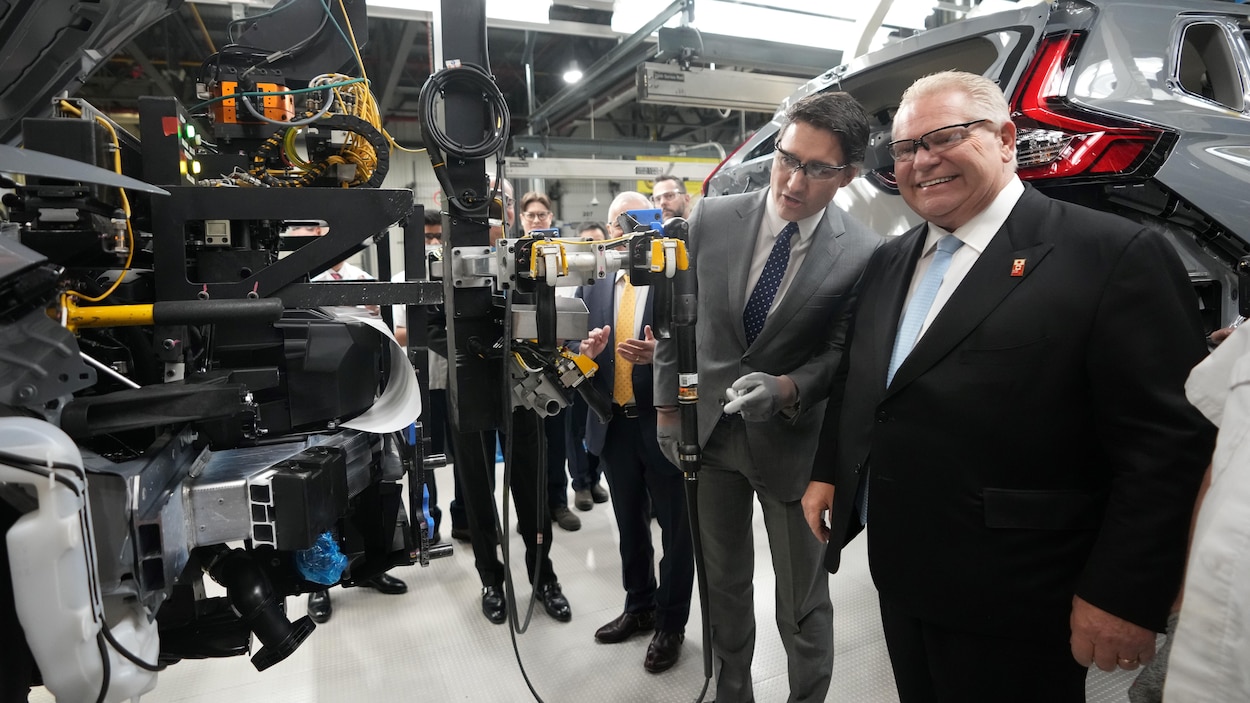Being more independent in your work means being able to express your talents better. But… (Photo: Brooke Cagle for Unsplash)
Damn job! The section where Olivier Schmucker answers your most interesting questions [et les plus pertinentes] About the modern business world… and of course its shortcomings. Appointment to read Tuesday And the Thursday. Would you like to participate? Send us your question to [email protected]
Question: “Six months ago, I made the decision to give more autonomy to my team members. They no longer have to ask my advice on everything and anything, they can make decisions themselves. Their primary mission: to deliver the goods on time, no matter how they do it. The problem is that I've noticed an increase in procrastination: many people twiddle their thumbs for a while, then give 110% as the deadline approaches. Delivery time. It does not give good results. Many people get tired of working this way. Should we go back and work as before? – Alexander
A: Dear Alexander, it is popular to let employees go, because this has many advantages. For example, simply having increased decision-making power is motivating, which is good for everyone's commitment to their work. Being more responsible in one's work means having the opportunity to spread one's talents better, and thus the opportunity to thrive better in one's daily life at work. It can also be a source of greater well-being at work; It is known that a happy employee is often a successful employee.
But here's the thing, having more freedom at work presents certain risks. Often unknown risks. The risks are clearly highlighted in a recent study signed by law professors Michael Frakes from Duke University in Durham (USA) and Melissa Wasserman from the University of Texas at Austin (USA). Let's look at this together.
The researchers gained access to a valuable database of tasks performed by employees of the United States Patent and Trademark Office (USPTO), an agency of the Department of Commerce that plays a critical role in protecting and promoting innovation in the United States. They were interested in a specific period, the management transition that occurred in 2011: everyone was asked to change the way they worked.
Until then, each employee was required to conduct a comprehensive analysis of a certain share of patent applications filed over a two-week period. It seems ideal: everyone works as much as they like, as long as they meet their goals every two weeks. The independence they enjoy can allow them to combine luxury and performance in the office.
the problem? Data shows that this actually encourages procrastination.
– Most employees had an unfortunate tendency to put off work that they could do on the same day until tomorrow. As a result, they were working like crazy as the day approached. Delivery time, Like chefs who no longer know where to turn when they are in the middle of a fire.
– Overall performance was not optimal.
You should know that the analysis of a patent application takes place in two stages: first, it involves considering whether the application meets all acceptance criteria; So, it's a matter of verifying the fact that it is indeed an innovation (often, applications only relate to a simple improvement of an already existing invention, which cannot constitute a true innovation).
However, by completing the first step of analysis in fourth speed in order to respect Delivery time Fixed, mistakes are often made by employees who procrastinate. a result? The error ended up being noticed during the second phase, which was a huge waste of time: many applications should have been rejected in the first phase, and thus would never have been considered during the second phase.
– The accumulation of errors led to such significant delays that many inventors who filed a patent application eventually lost patience and withdrew their applications. As a result, inventions important to the United States may not have been able to see the light of day due to a lack of patents. All this is due to a work style that leads to procrastination.
What happened in 2011? Major administrative shift. The principle of biweekly quotas was maintained, but a completely new restriction was added: daily payment of bonuses based on the average time spent analyzing the patent application.
In other words, every day we take into account the time an employee spends on each file. If this time roughly corresponds to the average time this task generally takes, then the employee received a financial reward. The idea couldn't be simpler: encourage everyone to keep working.
results? Hold on tight.
– Quick end of work in “Snapshot” mode. Shortly after this procedure was implemented, the number of patent applications analyzed in the “shotgun” mode decreased as the deadline approached Delivery time It melted by half. In the months that followed, he flirted with Zero. Nothing less.
– A sharp decrease in errors. Likewise, the mistakes made during the first stage, which took a lot of time during the second stage, also almost disappeared in a short time. This represents significant gains in performance.
The researchers emphasize in their study that “the change is amazing and complete.”
There you go, Alexander. Simply granting more autonomy to everyone is not enough. It is necessary to accompany and support the change in the way of working so that it leads to good results. As far as the US Patent and Trademark Office is concerned, this included a set of bi-weekly quotas and bonuses for regular work on a daily basis. It's up to you to figure out what might work in your situation. Maybe the same, maybe a little different. Please let me know when you find it.
By the way, the French philosopher Michel de Montaigne said in his book Trials“What can be done another day, can be done today.”

“Hardcore beer fanatic. Falls down a lot. Professional coffee fan. Music ninja.”








More Stories
Colorful striped candles to light up your home decor
Nokia and NASA are preparing to launch a 4G network on the moon
A documentary film denouncing the destruction of the planet